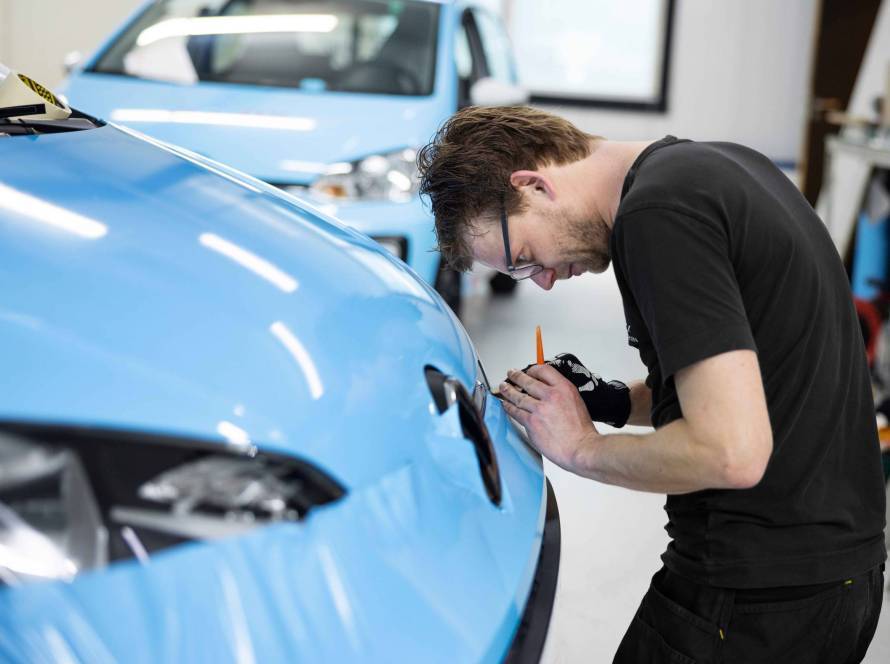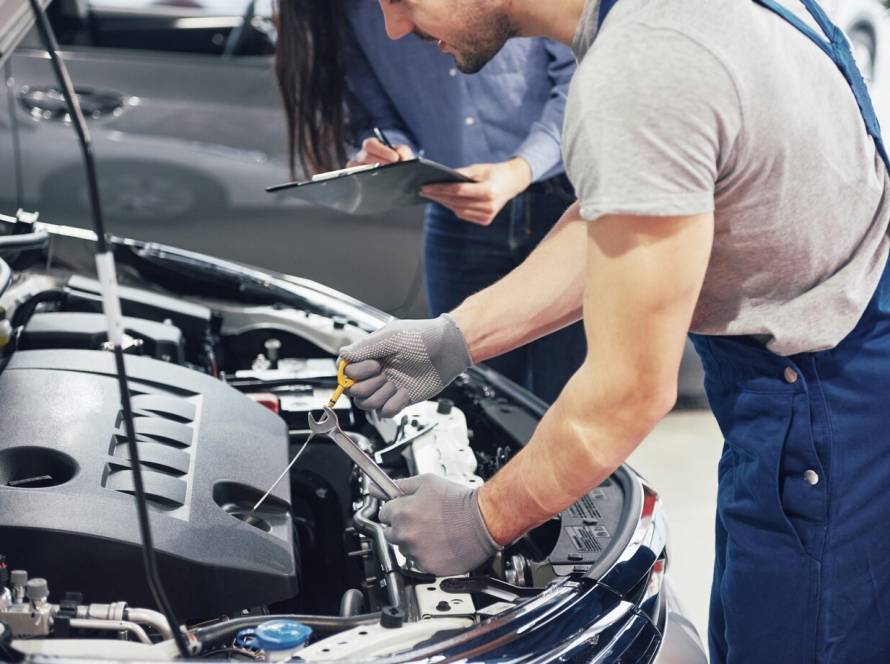Car Overheating in Dubai ?
Dubai’s summer temperatures are notoriously high, and they can be brutal on a car’s engine. Overheating isn’t just an inconvenience; it can lead to severe engine damage, leaving you stranded and facing expensive repairs. Understanding the common causes of overheating is the first step to preventing it.
Here are the top five reasons your car might be overheating in Dubai’s summer heat:

1. Low Coolant Levels or Leaks
Coolant, or antifreeze, is the primary fluid responsible for regulating your engine’s temperature. If the coolant level is low, it can’t absorb enough heat, leading to overheating. A leak in the radiator, hoses, or water pump is often the culprit. Always check your coolant level when the engine is cool and look for puddles under your car.
2. Faulty Radiator or Radiator Fan
The radiator’s job is to disperse the heat from the coolant. If the radiator is clogged with debris or corrosion, it can’t cool the fluid effectively. The radiator fan kicks in when the car is stationary or moving slowly to pull air through the radiator. If the fan motor is broken, or the fan blades are damaged, your car will quickly overheat in Dubai’s heavy traffic.
3. A Malfunctioning Thermostat
The thermostat is a valve that controls the flow of coolant from the engine to the radiator. If it gets stuck in the closed position, coolant can’t circulate, and the engine’s temperature will skyrocket. A faulty thermostat is a relatively inexpensive part to replace, but if left unaddressed, it can cause major engine damage.
4. A Failing Water Pump
The water pump is the heart of the cooling system; it circulates the coolant throughout the engine. If the pump’s impeller blades are corroded or if the pump itself is leaking, the circulation of coolant will be inefficient. A grinding noise from the engine and visible coolant leaks are common signs of a failing water pump.
5. Blocked Hoses or Belts
Your cooling system relies on a network of hoses and a drive belt to function. A collapsed or kinked hose can block the flow of coolant, while a loose or broken drive belt can prevent the water pump from turning. A quick visual inspection can reveal cracked hoses or a frayed belt, which should be replaced immediately.
Call to Action: Don’t let your car break down in the heat. Bring your vehicle in for a cooling system check-up today. Our expert technicians can diagnose and fix any overheating issues, ensuring your car stays cool, even on the hottest days.



